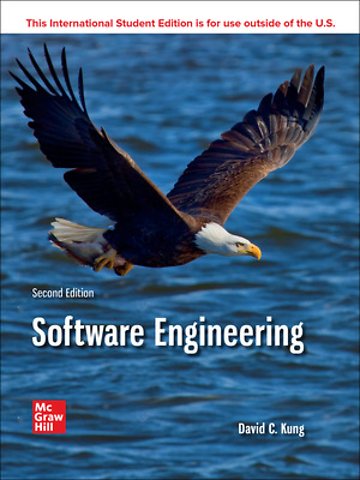Software Engineering: An Agile Unified Methodology ISE
Samenvatting
The new edition of Software Engineering presents a step-by-step methodology that integrates Modeling and Design, UML, Patterns, Test-Driven Development, Quality Assurance, Configuration Management, and Agile Principles throughout the life cycle. The overall approach is casual and easy to follow, with many practical examples that show the theory at work. The author uses his experiences as well as real-world stories to help the reader understand software design principles, patterns, and other software engineering concepts. The book also provides stimulating exercises that go far beyond the type of question that can be answered by simply copying portions of the text.
The new edition of Software Engineering is now available for the first time in McGraw Hill Connect! Connect for this course features the MHeBook, Writing Tool, Proctorio, and the Connect authoring tool that offers the ability to create your own questions.

